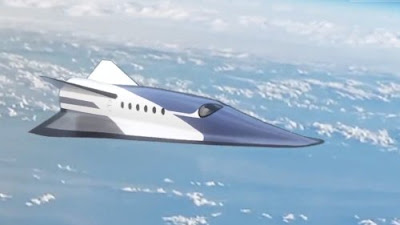DAILY INNOVATION BRIEF BY EDWARD KANE, JOURNALIST
DAILY INNOVATION BRIEF
By Journalists Edward Kane & Maryanne Kane
WORLD'S FASTEST ACCELERATING EV
Source: AMZ
- The Academic Motorsports Club Zurich (AMZ) in Switzerland has designed a battery-powered, single-seat EV that has been certified by the Guinness World Records as the fastest accelerating EV in the world
- Here's what we know:
- Called Mythen, it went from 0 to 62 mph in under 1 second - .956 seconds - and smashed the world record
- Mythen took 40 feet to reach 62 mph
- It was designed, engineered and built by students at Lucerne University and ETH Zurich
- The record has been set three times by the AMZ team
- Mythen has 4-wheel hub motors and battery weighing only 308 pounds with an output of 326 hp
- It accelerates faster than any EV made by any established automaker, including Tesla
- Vehicle hand built by students and driven by student Kate Maggetti.
TREMENDOUS DEALS ON THE NEW iPHONE 15
- In lightning speed, phone carriers like AT&T and T-Mobile are offering the new iPhone 15 at extremely deep discounts or for free
- Here's what we know:
- Two days ago, Apple debuted its much-anticipated iPhone 15 and iPhone 15 Pro at $799. and $899. respectively
- Now, carriers like AT&T and T-Mobile are offering the highly coveted new phones for free or with a $1,000 discount and even free upgrades
- Why - carriers are urgently trying to pull in new subscribers, which have been dropping since the Covid-19 pandemic
- New and existing customers are eligible
- They have to sign onto a top tier plan and have an eligible phone to trade in.
UNDERWATER ROBOTS IMPROVING HURRICANE FORECASTS
- Torpedo-shaped robots are being deployed in waters under hurricanes to help improve hurricane forecast predictions
- Here's what we know:
- The underwater robots, called gliders, were developed by scientists at the University of Georgia
- They're specifically designed to monitor and collect data in waters under a hurricane to create more accurate forecasts
- They collect data on the temperature and salinity of the water as it interacts with the storm
- Shows the 3D heat available to fuel the storm and how much salinity is available to cap it
- Robots report to the surface every 4 to 6 hours to provide measurements to NOAA and the US Navy hurricane monitoring system
- Network of gliders are being formed along the east coastline of the US and in the Caribbean
- Being paired with NOAA's Saildrone that floats on the surface to collect data on how much heat is going back and forth between the ocean and storm to fuel the hurricane.
For more news stories like this, DAILY VEHICLE BRIEFING



.jpg)
.jpg)



Comments
Post a Comment